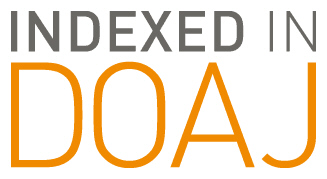Short Title
Evaluating Educational Efficiency in Texas Public Schools
Keywords
School Finance, Efficiency, Educational Policy, Accountability
Abstract
Policymakers and professional educators attempt to be good stewards of public funds while simultaneously raising expectations for student outcomes that reflect academic excellence in the public school system. The purpose of this study was to determine the efficiency of Texas public school districts and the factors influencing the inefficiency of districts. This study is a replication of a similar efficiency study conducted by Carter (2012), which considered student performance in the 2009-10 school year on the TAKS tests. This study utilized quantitative research methods to gather data and implemented data envelopment analysis (DEA) to calculate a relative efficiency score for 1015 Texas public school districts using student performance data from the STAAR tests in 2014-15. Regression analysis was utilized to identify the effect of four discretionary inputs and four non-discretionary inputs on the relative efficiency of each district. School district efficiency was found to be significantly and positively affected by a district’s total student enrollment and total expenditures for instruction per student, and negatively influenced by the percentages of non-white and economically disadvantaged students, and by the percentage of teachers with master’s degrees. The results of this study have implications for policymakers, educational professionals, and taxpayers.
Recommended Citation
Thompson, Jeremy; Young, J. Kenneth; and Shelton, Kaye
(2021)
"Evaluating Educational Efficiency in Texas Public Schools Utilizing Data Envelopment Analysis,"
School Leadership Review: Vol. 16:
Iss.
1, Article 9.
Available at:
https://scholarworks.sfasu.edu/slr/vol16/iss1/9


